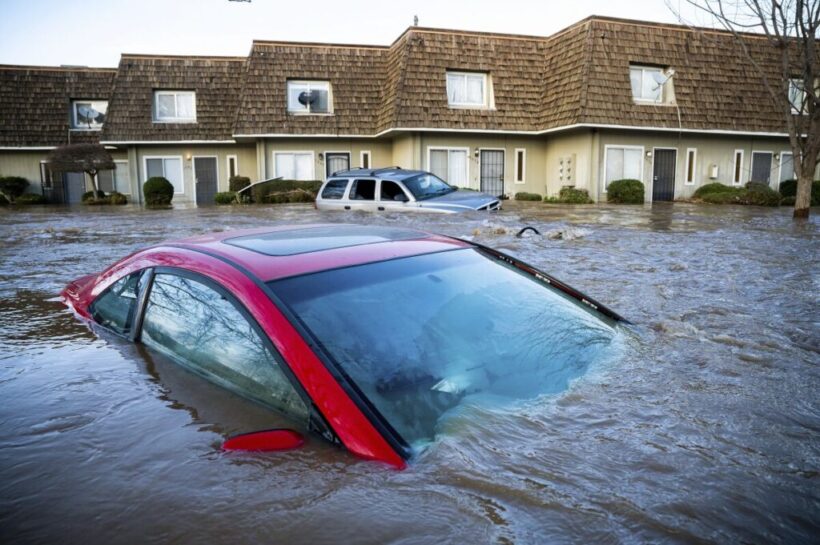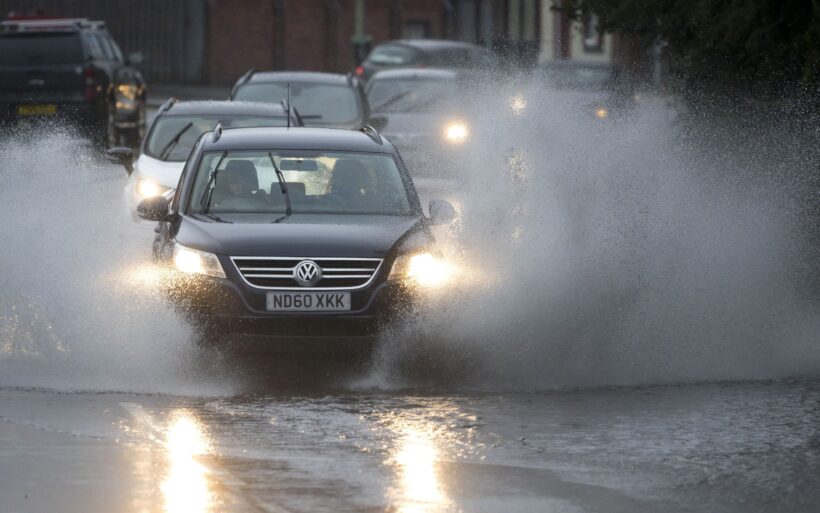With torrential rain becoming more and more common, surface flooding is increasingly a feature in many areas. It’s exacerbated by urban infill housing, and more roads and other impermeable surfaces.
When it comes to managing your vehicles in areas that flood, you have to think about three things:
- Do you have insurance?
- Where will you store your vehicle?
- Can you drive your vehicle in a flood?
Insurance
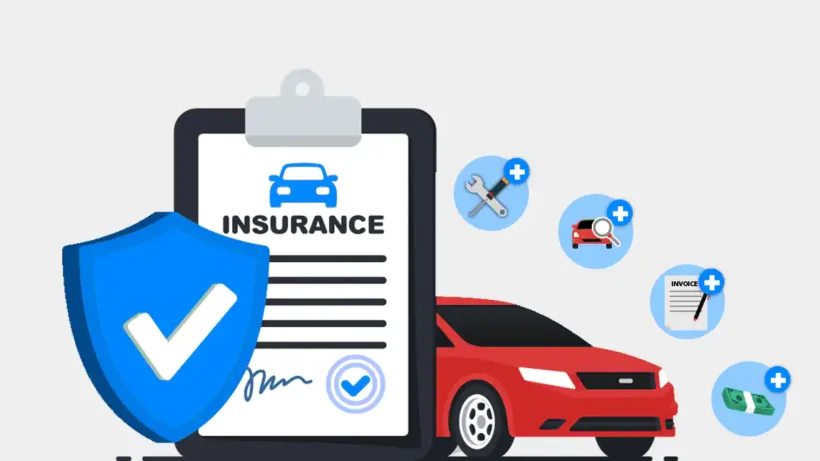
Insurance is straightforward to get, but the price will depend on the risk that the insurance company assigns to you and your vehicle (i.e. your age, experience and gender, plus where you store your vehicle, what you use it for and how many kilometres you drive per year).
Check whether there are any restrictions related to flooding in your vehicle policy. For example, you might not be covered if you knowingly drive through floodwater.
If your vehicle is damaged by flooding, the insurance company might repair it or they might write it off. Check the laws in your country as you may need to declare a flood-damaged vehicle when you sell it.
Vehicle storage
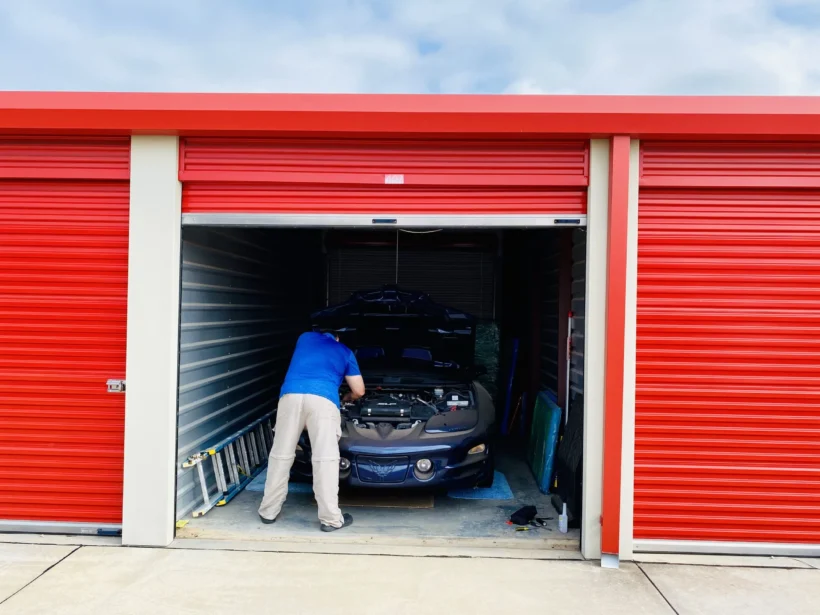
It’s ideal if you can store your vehicle in a garage. Unless your house is at the bottom of a valley, it’s less likely to be flooded than if it is on the road; roads tend to be built lower than houses where the land is fundamentally flat. Garages can be protected by installing channel drains around the sides if any land does drain towards the garage, and building them slightly higher than the surrounding land.
Cars and motorbikes have a similar risk for flood damage, whereas heavy vehicles such as trucks, or vehicles with a higher ride height, such as pickup trucks, have higher ground clearance and are less likely to be affected.
With any vehicle, if the floodwaters are flowing fast enough, they will move the vehicle, particularly if they reach a point where the vehicle will start to float. This is an issue when vehicles are parked on the road; driverless vehicles colliding with other vehicles in flood water causes additional damage.
Driving in a flood
Frequently people do get warning of a flood approaching and may try to drive out of danger, heading for higher ground. This can happen when, for example, a river is about to burst its stopbanks. This may mean driving through rising floodwaters, or surface flash flooding (as opposed to flooding caused by the river itself).
Ideally, all drivers should have training in driving in bad weather, which is possible online (mainly because it’s too risky to do it in real life).
The key things to remember about driving in flooding are:
Light cars will be swept away very easily – just 15cm of fast flowing water is likely to start to move them, while most vehicles will float at 30cm and almost all light vehicles (cars, SUVs, pickup trucks, etc) will be swept away at 60cm of water.
The heavier the vehicle and the more ground clearance it has, the more resilient it will be to flooding. For example, a large SUV will fare better than a medium-sized station wagon, which will fare better than a small city car (in general).
Motorbikes are particularly unsafe to ride in floods because you cannot see what you are riding into, or what is being carried by the water. Hidden obstacles in floodwater are much more difficult to negotiate on a motorcycle. If you fall off and your motorbike falls into the water, you could flood the engine.
Hidden obstacles are still an issue for other vehicles; flooding can wash sections of the road away, lift manhole covers and hide debris. These can damage your suspension, cause a puncture or, in the case of a slip, mean that the vehicle drops into a hole which then causes the water to be high enough to flood the engine
When the water exceeds the level of the air intake to the engine, the engine will flood and stall.
When driving into floodwater, only do it if you know the depth, you can see where you are going, and you can see an exit out of the floodwater. You can walk the path you’re going to take first. Take a long stick to prod the ground ahead of you, and to help you keep your balance.
Enter floodwater slowly in a low gear with high revs; if it gets deep, you may have to reverse out
Battery electric vehicles will work in flooding, but it’s not ideal to submerge the batteries, which are usually in the floorpan.
Heavy vehicles can tolerate much more flooding than light vehicles – 30cm or more is straightforward, while some trucks with breather snorkels will push through water up to the height of the top of the radiator. Bear in mind that newer trucks with more electronics are more likely to suffer damage due to the electrics being flooded.
If you are on the road, try to stay in the middle of the road because this is several centimetres higher than the edge of the road (this is so that water drains from the ‘crown’ of the road off to the sides where it can be dealt with by drainage).
It’s better to leave the vehicle early and get to higher ground (e.g. the second story of a house) than be swept away in your vehicle. It’s very difficult to get out of a vehicle that is in raging floodwaters, and if you do get out, you’ll also need to fight against the current which can be exhausting. A house is unlikely to be swept away in flooding, but you can easily be swept away.
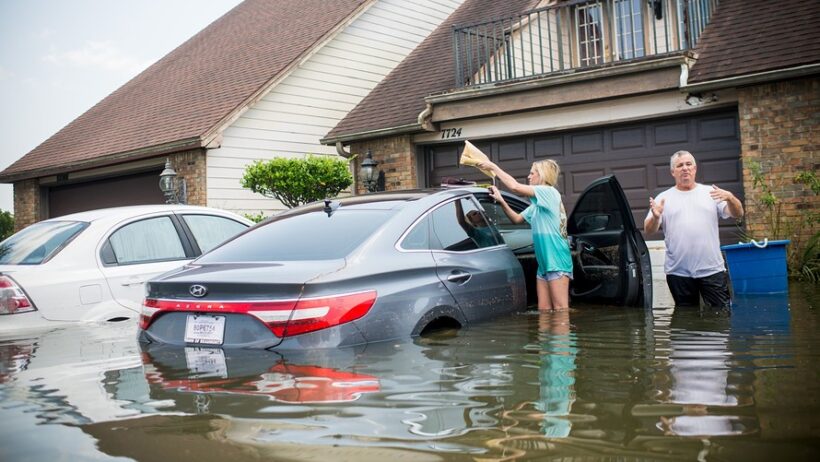
If you live in an area that is prone to flooding, you will need to have a plan and ensure you are protected by insurance. If you are aware that bad weather is coming and that there’s a flood risk, you can move your vehicle to a safer place, or advance or delay your journey to avoid flooding.

